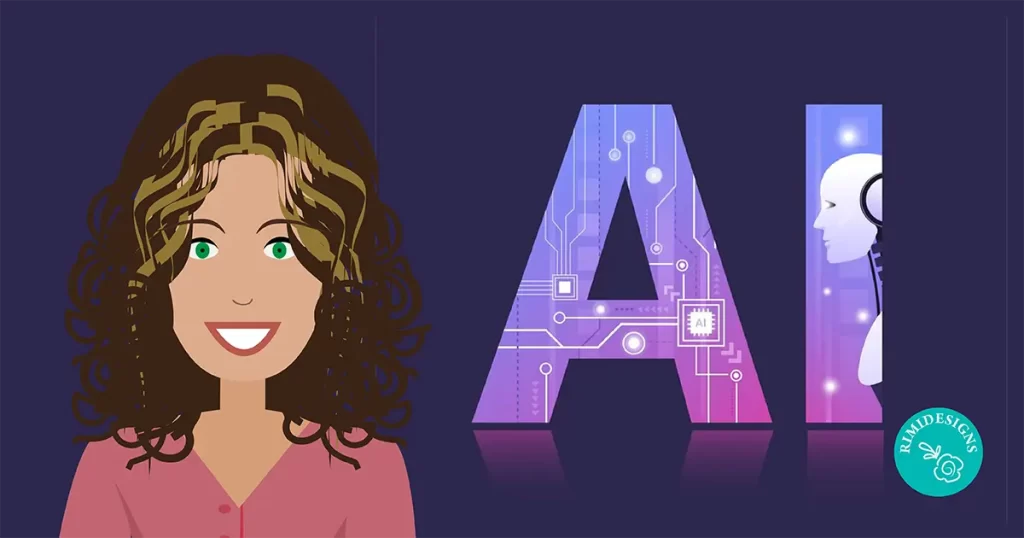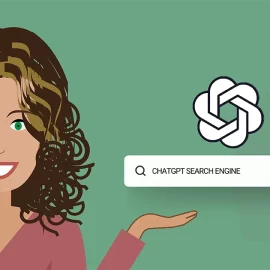
How Artificial Intelligence is Transforming the Creative Process
The intersection of artificial intelligence (AI) and design is no longer a concept of the future but a reality that’s reshaping the creative landscape. AI-enhanced design is becoming a powerful tool in the hands of designers, offering them new ways to innovate, streamline workflows and push the boundaries of what is possible.
In this article, I explore the impact of AI on the design process and what it means for the future of creativity.
AI as a creative assistant
Far from replacing designers, AI is emerging as a creative assistant that augments human capabilities. Tools like Adobe Sensei are leading the charge, integrating AI into popular design software to automate repetitive tasks and offer intelligent suggestions.
For example, AI can now generate colour palettes based on the target audience, create mood boards inspired by a designer’s favourite artists or even suggest layout adjustments that align with best practices.
This collaboration between AI and human designers allows creatives to focus more on the conceptual and ideation phases of their projects. By offloading tedious tasks, like image resizing, background removal and colour correction to AI, designers can invest more time in developing unique, innovative ideas that require a human touch.
Streamlining workflows and increasing efficiency
One of the most significant benefits of AI-enhanced design is its ability to streamline workflows. AI-driven tools can quickly analyse vast amounts of data, identify patterns and offer insights that would take a human much longer to discover. This capability is particularly valuable in areas like user experience (UX) design, where understanding user behaviour is crucial.
For instance, AI can analyse heatmaps to determine which parts of a website attract the most attention and suggest design changes to improve user engagement.
Additionally, AI-powered tools can automatically generate multiple design variations based on a set of parameters, allowing designers to experiment with different styles and layouts more efficiently.
The future of AI in design
As AI continues to evolve, its role in design will only grow more significant. The next frontier for AI in design could involve even more sophisticated tools that understand and anticipate a designer’s needs, perhaps even collaborating with humans in real-time to create entirely new forms of art and design.
However, with this evolution comes the responsibility to use AI ethically. Designers must remain mindful of the potential for bias in AI algorithms and ensure that their work remains inclusive and representative of diverse perspectives.
As AI takes on a more prominent role in the design process, maintaining the balance between automation and human creativity will be key.
Conclusion
AI-enhanced design is not about replacing human creativity but about elevating it. By using AI tools, designers can work more efficiently, explore new creative possibilities and ultimately deliver more impactful and innovative designs.
As we move forward, embracing AI’s potential while staying true to the human elements of design will be essential for success in this rapidly evolving field.
Incorporating AI into your design workflow can open up new possibilities and streamline your creative process. As AI technology continues to advance, staying informed and adaptable will be crucial for anyone looking to thrive in the fast-evolving world of design.



